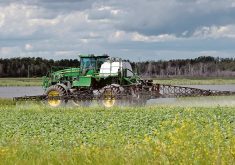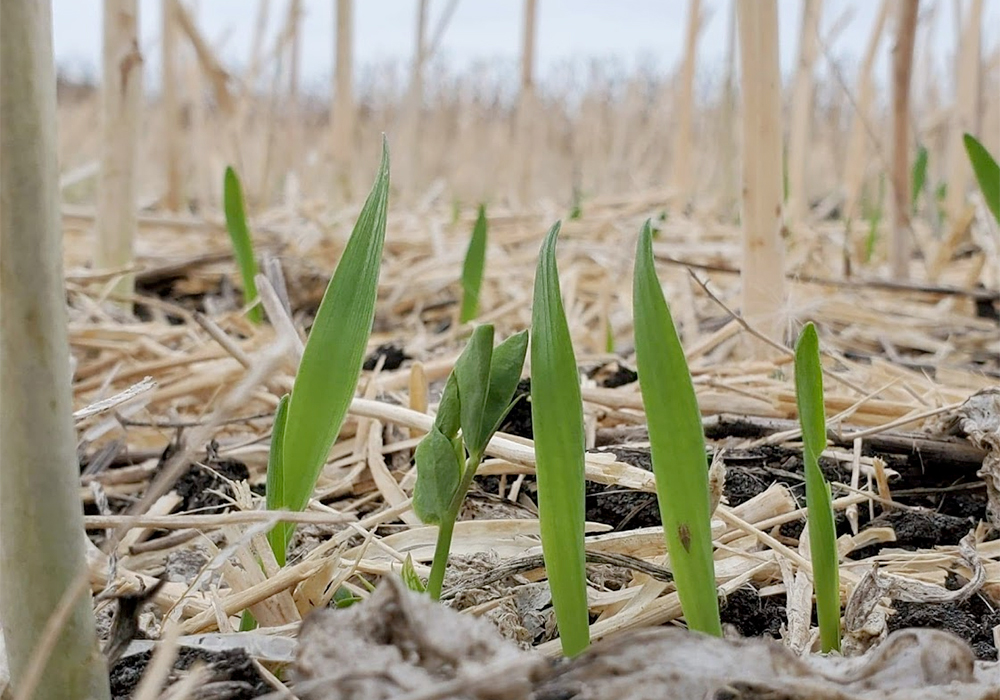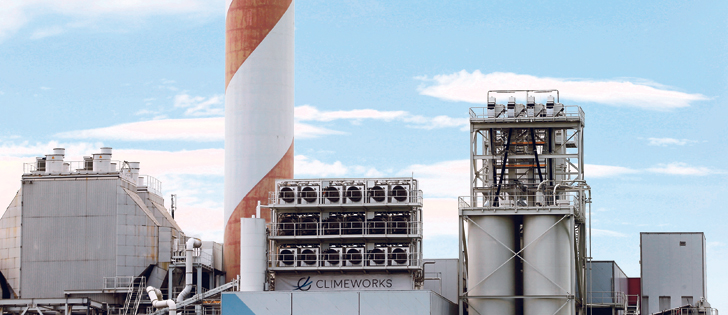Community effort | Expert says that while intentions are good, firebreaks aren’t effective unless placed properly
FORT MACLEOD, Alta. — Out-of-control grass fires on the Prairies bring immediate community response. Often that includes farmers who bring tillage equipment and create firebreaks to slow or stop the fire’s spread.
But do those firebreaks really help?
Not always, says Alberta government rangeland specialist Kevin France.
He told the Holding the Reins conference Feb. 13 that fireguards need to be properly placed to do any good, and that doesn’t often happen in the panic that accompanies a raging grass fire.
“There is a role for strategically placed fire guards, I will not argue that,” he said.
Read Also

Farming Smarter receives financial boost from Alberta government for potato research
Farming Smarter near Lethbridge got a boost to its research equipment, thanks to the Alberta government’s increase in funding for research associations.
“The reality is, the fire that we deal with in Alberta, they’re fueled by winds of 80 to 100 km-h. Haphazard fireguards don’t work. Roads don’t work. Rivers don’t work. We need strategic planning for where we should be placing fireguards.”
Southern Alberta has seen impressive prairie grass fires in recent years. One of the most recent burned 16,000 acres of grassland near Milk River, Alta., Sept. 10, 2012.
Started by a combine, the fire was pushed by 100 km-h winds in dry conditions, 23 C heat and low humidity. It burned a swath 32 kilometres long before it was stopped, but not before it damaged numerous farm buildings, fences and native prairie.
Farmers responded to the blaze, some using tractors and tillage equipment to create firebreaks, but France said the fire was moving so fast that no one could get in front of it to establish a useful barrier.
“I understand the fear component,” he said. “The emotional part, I understand and appreciate.”
Volunteer efforts to protect property are also commendable, but they would be more useful in fire control if they were better co-ordinated, he added.
“What I would like to see is some co-ordination among fire people and counties in educating the public” about locations for firebreaks and strategic back-burning, said France.
After the fire, the bare ground and ridges that are part of the firebreaks must also be dealt with before they become ideal places for weed growth.
France recommended that soil ridges be rolled back into place as soon as possible.
“That way it allows that seed bank and that soil contact to occur and natural recovery should take place.”
As for grass condition in the Milk River fire area, France said it showed signs of regrowth in late fall but spring moisture will determine how quickly the land recovers.

















